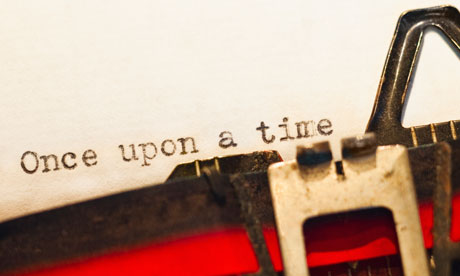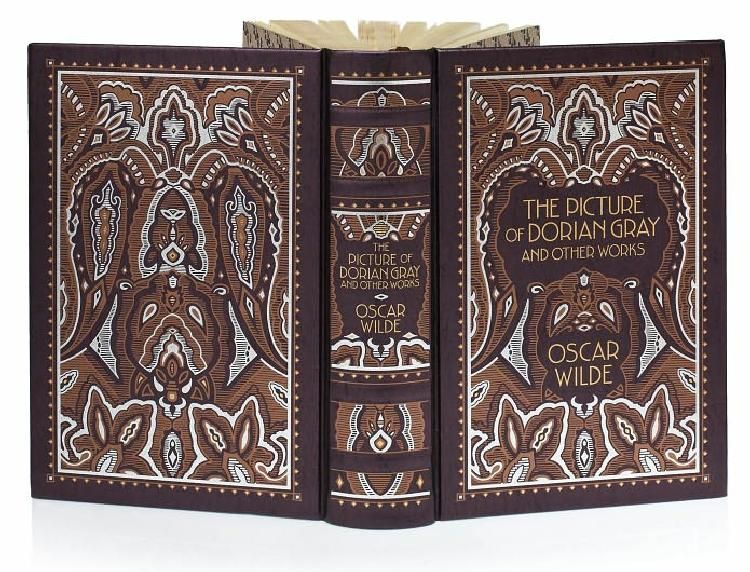The characters’ reactions to the unfamiliar and the strange in Wide Sargasso Sea
‘I am safe. There is the corner of the bedroom door and the friendly furniture. There is the tree of life in the garden and the wall green with moss. The barrier of the sea. I am safe. I am safe from strangers’ Antoinette.
Wide Sargasso Sea is rich with symbolism, which often serves to accentuate the cultural gap between characters of different nations, and to highlight the lack ofunderstanding between them. By looking specifically at the characters of Antoinette and her un-named husband – who, for sake of ease I shall from now on refer to as Rochester.Rhys uses the fear of the unknown as a barrier preventing the coming together of these two characters.
Wide Sargasso Sea,is important as a title; each of these words hold significance, the connotations they evoke foreshadow the major themes of the work. ‘Wide’ describes distance and separation, both spatially as well as psychologically; with different upbringings in entirely different countries, Antoinette and Rochester are polesapart. By naming a specific part of the world, the ‘Sargasso’ sea, Rhys places her novel firmly in reality, she is writing about real historical issues. This sea is without shores, with floating boundaries it is unstable, and endless. The Sargasso Sea infamous as a mysterious place with mysterious forces, part of theBermuda triangle. Antoinette’s belief thatthey got lost on the way to Englandand instead landed in a mysterious place relates to the myths of the sea, it embodies the unknown. The ‘Sea’ has multiple personalities; it is volatile, dangerous and beautiful, a natural powerful force. The wide Sargasso Sea is the entity that occupies the space in between Antoinette and Rochester. It is a symbol for the distance between them and their prejudices about each other.
The safe and the stable are located within the familiar, when taken into the unknown; both Antoinette and Rochester become uncomfortable, using defence mechanisms to deal with new, unfamiliar surroundings. Antoinette, in England,describes how ‘I open the door and walk into their world. It is, as I always knew, made of cardboard’ the physical act of entering into the unknown creates a sort of temporary, theatrical world for Antoinette. To make the strange less daunting she removes herself from reality in order to not deal with her situation emotionally she conjures a world that is dream-like, a show that can easily end. The cardboard is lifeless, lightless and easily destroyed by fire or water.
Light and colour, for Antoinette represent home, the familiar. In contrast to the weak, ghost-like Antoinette presented to us in Jane Eyre, Antoinette finds comfort in the vivid, as she looks up to the red sky towards the end and saw that ‘all my life was in it’,the sky, like her home is too far away to touch, to be in it. This cardboard world of Englandhas neither light nor colour. For Rochester thecolours of the Caribbean are strange and chaotic, ‘everything is too much...Too much blue, too much purple, too much green. The flowers too red, the mountains too high, the hills too near’ Rochester isoverwhelmed by his senses, by the intensity of the colours almost blinding him.Whilst Antoinette feels at home within the world colour and light, Rochester is disturbed by it, feels enclosed by it. On becoming paranoid, influenced by Cosway, his fear/ intrigue quickly turns to hate: ‘Iwas tired of these people. I disliked their laughter and their tears, their flattery and envy, conceit and deceit. And I hated the place.’ Like Antoinette he views objects and people, when distressed, very much in the same way; ‘I hated the mountains and the hills, the rivers and the rain. I hated the sunsets of whatever colour, I hated its beauty and its magic and the secret I would never know. I hated its indifference and the cruelty which was part of its loveliness. Above all, I hated her. For she belonged to the magic and the loveliness’ Antoinette, for him, is the Caribbean.
The magic and secret excluding Rochester impels his needto gain control further. His hatred stems from fear, his fear from the unknown.The landscape is mysterious to him and by refusing to give adjectives, all colours are worthless to him, he detaches himself from his surroundings. For Jamaica to Rochester‘it was all very brightly coloured, very strange, but it meant nothing to me.Nor did she, the girl I was to marry’.Whilst Antoinette uses escapism to deal with the unknown, he resorts to anger and hate. When thinking of England he‘[thinks] of my revenge and hurricanes’, anger is familiar to him, much like the virile wind, the ‘howling, shrieking,laughing the wild blast passes’ relates very much to Rochester’s hysterical state of mind at this point in the novel. Rochestergains more pleasure from the howling English weather than the intensive,oppressive colours of the Caribbean. In expressing his hate for the island he also expresses a jealousy of the‘loveliness’, he is not, and never will be part of its mystery and beauty;despising and envying Antoinette because it is so much a part of her.
In uncomfortable situations, the feeling of claustrophobia takes over. Rochester feels suffocated by the richness of and thestrength of the colours in Jamaica.Nature is too powerful, too present for him that it bears down on him: ‘I wokein the dark after dreaming that I was buried alive, and when I was awake thefeeling of suffocation persisted’ finding themselves, in a foreign place throws their senses into chaos, sense ofpanic. Antoinette, even predicts this for herself, stating, ‘I will be adifferent person when I live in England and different things will happen tome…England, rosy pink in the geography book map, but on the page opposite thewords are closely crowded, heavy looking’understanding that one has to change in order to adapt to their surroundings, butis still daunted by the seeming oppressiveness of this country so mysterious toher.
As the novel progresses into the psyche of the characters, Rochester draws ‘a house surrounded by trees.A large house. I divided the third floor into rooms and in one room I draw astanding woman – a child’s scribble, a dot for a head, a larger one for the body, a triangle for a skirt, slanting lines for arms and feet. But it was anEnglish house. English trees. I wondered if I ever should see England again’. The house, and trees, are discernable as English. The objects take precedence whereas the woman is merely a scribble; reduced to shapes enclosed within the‘English’ house. The English trees surround the house, showing his true desireto be surrounded by the familiar. Rochester’sthoughts turn to his own desires, wanting to have complete control, over people and objects. This is an exercise in control; he is the creator of this house,the controller of its inhabitants.
This is a novel tinged with extremes, of binary opposites. The sea is the boundary; it divides these two opposite worlds. In Antoinette and Rochester’s eyes, the worlds of evil and good, the worlds of love and of hate. There is also the male and female, the truth and the imagined. It can be said that the novel‘deconstructs the oppositions that it establishes’as the juxtaposition of the opposites brought over the sea into close proximitybring chaos, they work as a magnet, they are equal forces repelling.
Antoinette and Rochester are equal in their feelings about the unknown, Rochester states that ‘desire, hatred, life, death came very close in the darkness.Better not know how close’. Perhaps only in the darkness, everything at once is unknown, drawing thecharacters in their only shared experience. The crossing of boundaries means an intrusion of the familiar and an exploration of the unfamiliar. Like Rochester, Antoinette isseen as a remnant of a former intrusion, to the other characters she is a constant reminder of the past, preventing her from truly feeling belonged, evenwithin her comfortable surroundings. Rhys herself crosses boundaries, crossingthe established barrier of the reader/writer – she moves from reader into writer, actively reading between the lines of Jane Eyre to construct a life for Bertha and to create her novel.
Distances play a key role in WideSargasso Sea; there are the spatial distances, between countries, between bedrooms, and the psychological distances that serve only to make larger the misunderstandings between ‘ranks’, national identities and race. BothAntoinette and Rochesterfeel comfortable only in what is familiar to them, the mysterious and strange present danger and fear. The refusal to become familiar with the strangeprevents any relationship between them. Rochestermakes note of the sea dividing them, ‘the sea was not far off but we neverheard it, we always heard the river. No sea’ the space in between these two people is a lurking presence throughout, an unseen barrier.
It is a constant reminder in the novel, highlighting these differences, this distance. Antoinette embodies the symbol of the sea; she ‘wasstaring out to the distant sea. She was silence itself’ the silent sea, she gets lost by its mystery. The crossing of the sea, anexploration into the unknown, equally an invasion into somebody else’s familiar domain. Rochesterultimately fears her, fears the place –because it is so uncanny – the unknown,but recognised.
Rhys, Jean – Wide Sargasso Sea (London:Penguin Book Classics, 2000 c1966)





